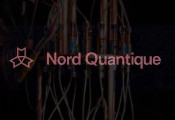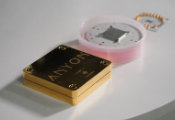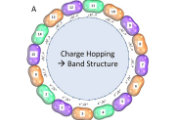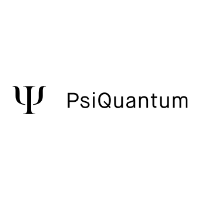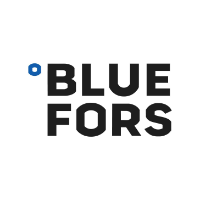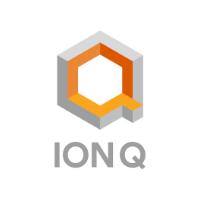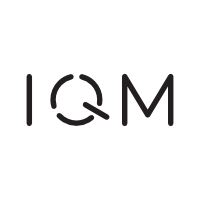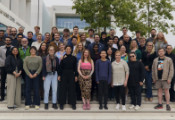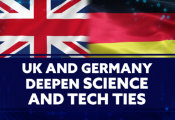Connecting Canada’s North With a Quantum Sensing System
November 20, 2025 -- A research group at the Institute for Quantum Computing (IQC) at the University of Waterloo has secured $1 million to develop a proof of concept linking observation stations by sharing quantum entanglement via drones, creating a sensing system with unprecedented resolution.
Dr. Michael Reimer’s Quantum Photonic Devices group at IQC received the funding as a semi-finalist of the Innovation for Defence Excellence and Security (IDEaS) NORAD Modernization Science and Technology contest.
The sensing system relies on a quantum phenomenon called entanglement where two particles are so strongly correlated that the properties of one cannot be described without considering the properties of the other.
Entanglement allows separated sensors to share quantum information and improves the combined ability of the sensors to detect and distinguish objects with higher precision than two individual sensors on their own. Sharing entanglement over long distances has been demonstrated and can be pushed even further by developing techniques like entanglement swapping and quantum repeaters.
But distributing this quantum information in remote regions like Canada’s North is challenging because fiber connections aren’t always available or the distance between stations is too great to effectively distribute the entanglement.
In collaboration with scientists across Canada, Reimer's project aims to develop a distributed quantum network through entanglement swapping using drones as a mobile link to connect two observation stations; like a relay that connects two stations that don’t have a direct network link.
Reimer and his research group have been working on entanglement swapping for almost a decade— and is a world-leader in its development.
“This would be a new capability and infrastructure that doesn’t exist today for a range of quantum sensing applications with dramatically increased resolving power to see details that are currently impossible to detect,” says Reimer.
At the Quantum Photonic Devices lab, Postdoctoral Fellow Dr. Tarun Patel and graduate students Matteo Pennacchetti, Anthony Drouin and Sayan Gangopadhyay, have developed a method to efficiently produce nearly perfect entangled photon pairs using a quantum dot source in a nanophotonic device. The light source is grown at the National Research Council Canada in Ottawa and produces entangled single photons (photons are the smallest quantity of light). The team at IQC has developed novel nanofabrication techniques to enhance efficiency and tune the energy of the quantum dot entangled photon source for the quantum network application.
“We are developing the best entangled photon source in the world for this project; a quantum dot that can generate entangled photons deterministically,” says Patel, who is leading the project in the lab. “With a push of a button the photons are released with high efficiency, a feature that is not widely available from our competitors. Our technology would be game-changing as it increases the rate at which we can distribute entanglement, effectively achieving quantum networks over long distances in real world settings.”
The technology’s potential is broad and has civilian and defense applications, Reimer says.
“It can be used for deep-space exploration of exoplanets, as well as geospatial imaging for search and rescue missions, and wildfire monitoring. My vision is to help create a global quantum network that can enable the realization of a telescope with an aperture the size of Earth,” he says.
Project collaborators are Dr. Thomas Jennewein, IQC affiliate and professor at Simon Fraser University, and Dr. Jean-Philippe Bourgoin, CEO & co-founder of IQC-linked startup Single Quantum Systems, a quantum technology startup also co-founded by Reimer. Single Quantum Systems and Jennewein are developing the drones and technology needed to transmit the quantum signals in an outdoor environment.



